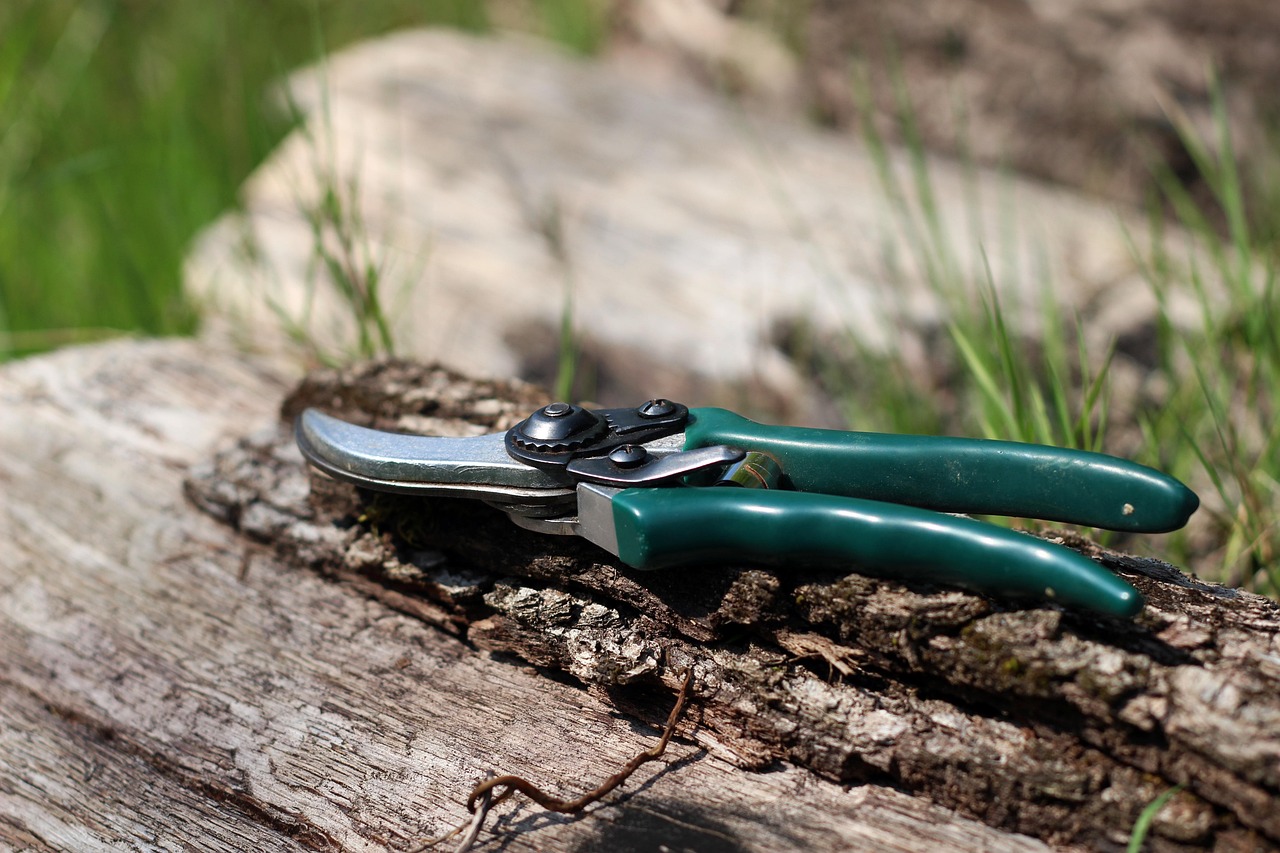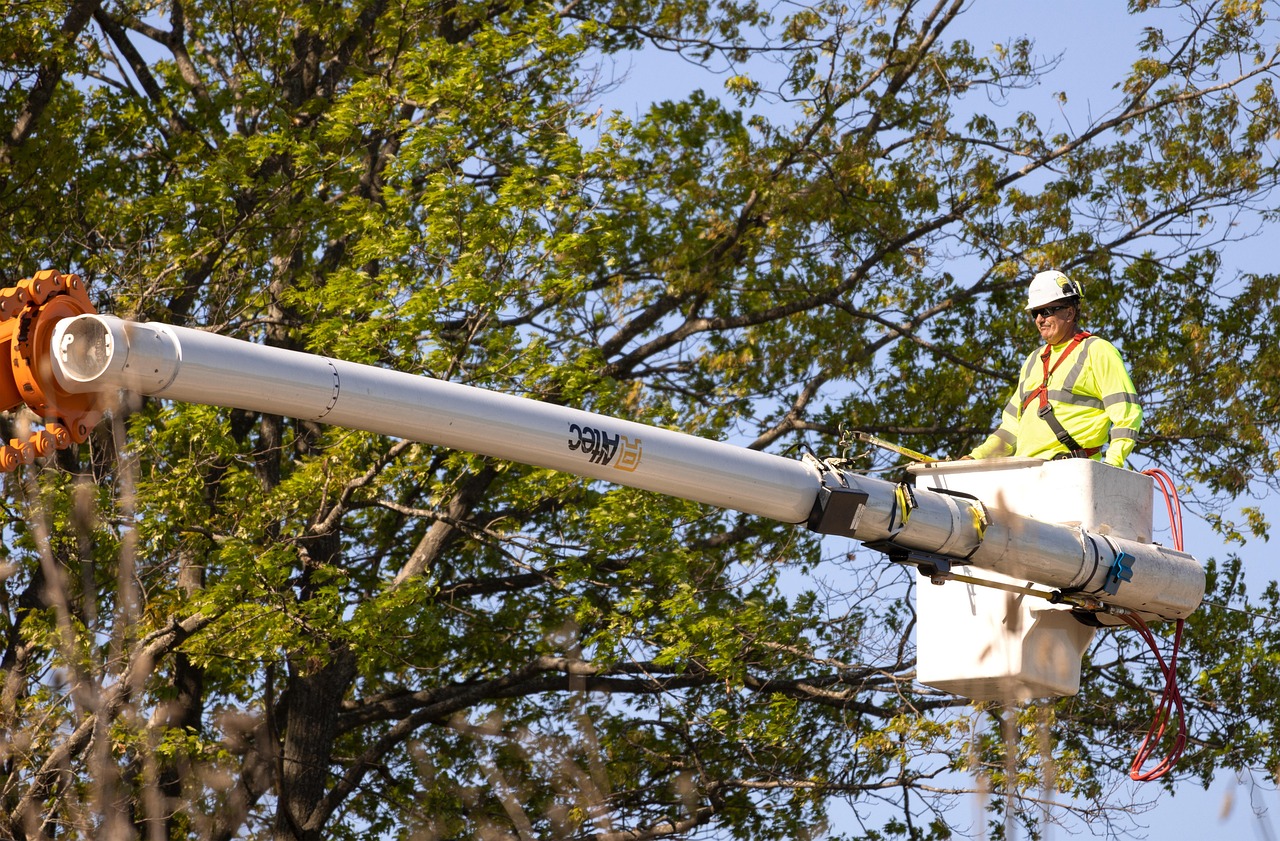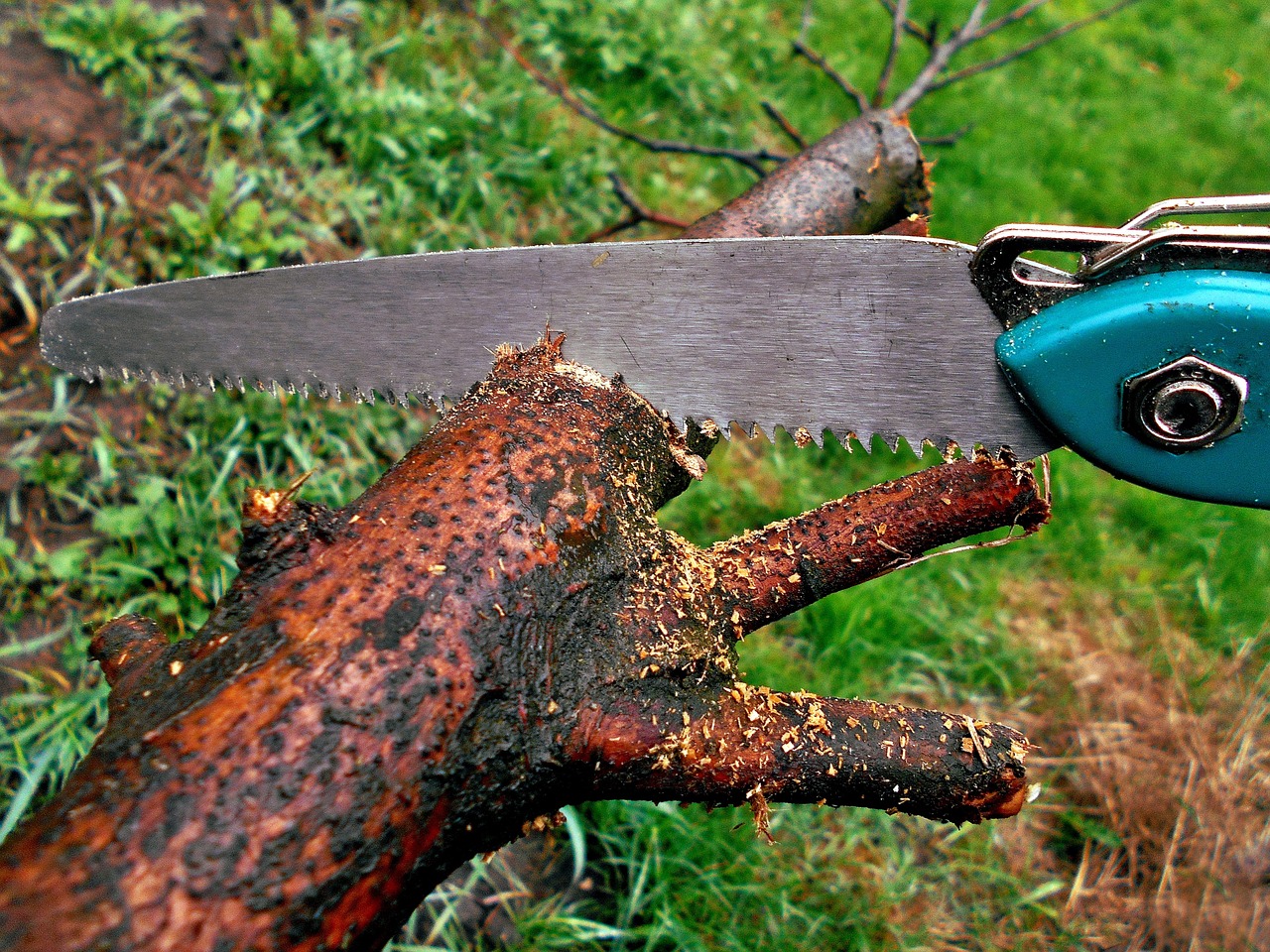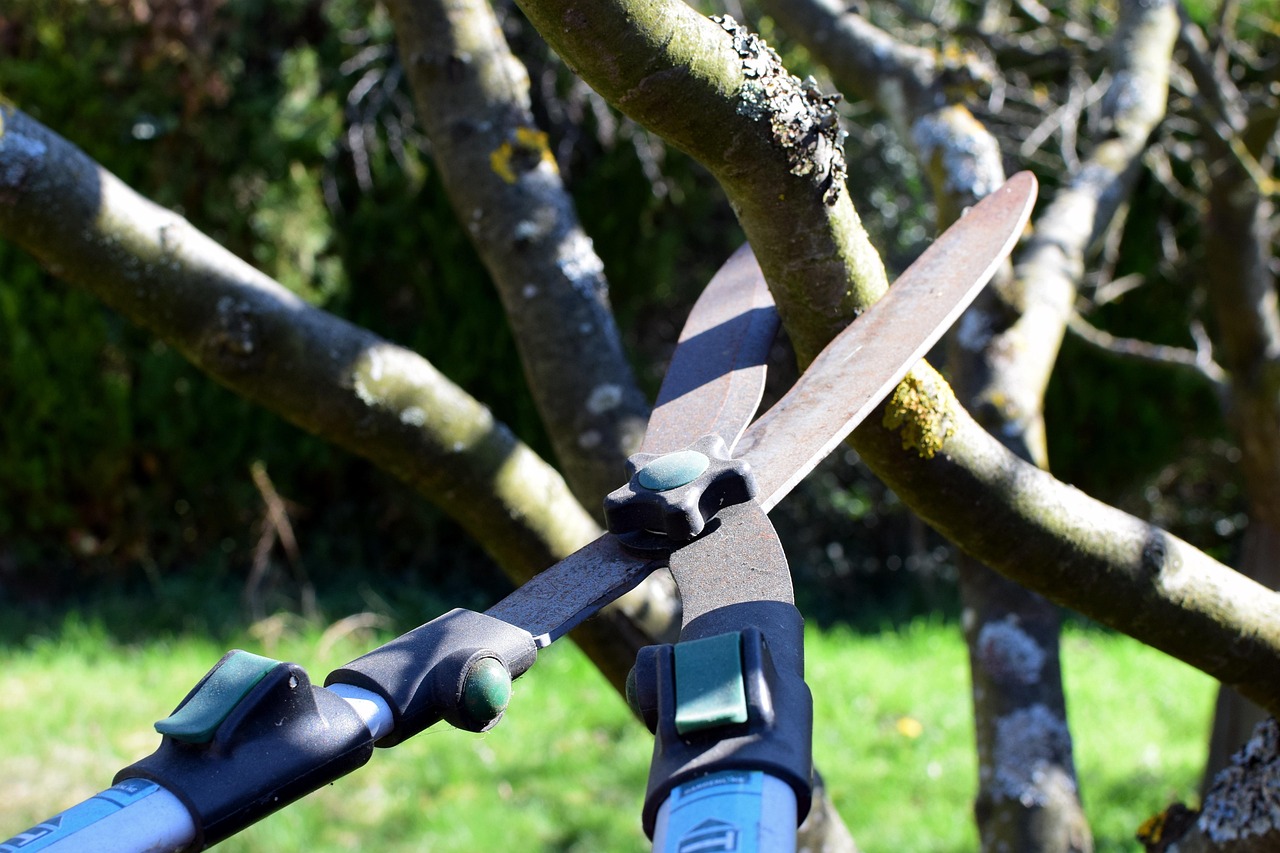Effective pruning is essential for maintaining healthy, disease-resistant trees. Proper techniques, timing, tool hygiene, and immediate removal of infected branches help prevent disease spread, improve airflow, and promote vigorous growth. Following best practices ensures your trees remain strong, vibrant, and resilient against pests and environmental stresses.
From personal experience, I’ve seen how tree diseases can shorten a tree’s lifespan or leave it vulnerable to pests. Many factors, like weather conditions, pests, and poor maintenance, contribute to these issues. But pruning always seems to stand out as a strong line of defense—it’s not just about aesthetic trimming, but about fostering vibrant, resilient growth.

I always make sure I understand the principles behind good pruning. When I started, I was clueless, and I’d often end up damaging the tree rather than helping it. Now, I know that using the right techniques can make a huge difference—less stress on the tree and a better shot at preventing disease. Knowing when to prune and which tools to use has become second nature to me, and I can honestly say it transformed how healthy my trees are.
The Importance of Pruning
I always remind myself that pruning isn’t just about making a tree look neat. It’s about its survival and strength. I’ve seen how a well-pruned tree can resist pests better and stay disease-free longer. Here are some ways I’ve found pruning helps:
- Disease Control: I’ve learned that removing diseased branches as soon as I see them prevents pathogens from spreading further.
- Improved Airflow: Thinning out dense foliage has been a game-changer—less humidity around my trees means fewer fungal problems.
- Sunlight Penetration: Proper pruning allows sunlight deep into the canopy, which I’ve seen encourages stronger, healthier growth.
- Structural Integrity: Shaping the tree prevents weak branches from breaking off and creating entry points for pests and diseases.
Early detection of symptoms and quick action has always been my best strategy. The healthier my trees, the more I feel like I’ve contributed to their resilience.

Pro-Tips
When I first started pruning, I underestimated the importance of using the right tools and techniques. I learned quickly that dull or dirty tools can damage the tree and spread disease, so I always disinfect and sharpen my pruning equipment before each session. Looking back, I wish I had taken more time to research the best times to prune different tree species—pruning during the wrong season can stress the tree and lead to issues like sap bleeding or pest attraction.
One of the biggest lessons I’ve learned is to make clean, angled cuts just outside the branch collar. Rushing or jagged cuts have caused me more problems than I anticipated, so now I take my time and use sharp tools for a smooth finish. Also, jumping into heavy pruning without assessing the overall health of the tree taught me to evaluate its strength and stress levels first—sometimes less is more, and consulting an arborist can be beneficial for stressed or large trees.
In my early days, I neglected to remove diseased or dead branches promptly, which allowed infections to spread. Now, I tend to snip these as soon as I notice them, improving airflow and reducing disease risk. I also learned to always prune in the right window for the specific tree—late winter or early spring for deciduous trees, after new growth for evergreens—because timing makes a significant difference in healing and health.
Lastly, I used to overlook the importance of post-pruning care. Now, I mulch around the base carefully, keep the area clean, and give extra water and nutrients to help my trees recover faster. Making these small adjustments has drastically improved my pruning results and the vitality of my trees.
Common Tree Diseases
Over time, I’ve become familiar with common diseases like powdery mildew, root rot, cankers, and leaf spots. Recognizing their symptoms early is something I always pay attention to—these signs tell me when it’s time to prune or take other action to prevent their spread. For example, I once caught powdery mildew early after noticing white powdery patches on my tree’s leaves, and a quick prune along with better airflow stopped it from spreading.
| Disease | Symptoms | Management |
|---|---|---|
| Powdery Mildew | White powdery spots on leaves; stunted growth. | Improve air circulation through pruning; apply fungicides if necessary. |
| Root Rot | Wilting leaves; blackened roots. | Avoid overwatering; prune away infected roots. |
| Canker Diseases | Sunken lesions on branches; dieback. | Prune out affected areas; ensure proper wound care. |
| Leaf Spot | Browning spots on leaves; premature leaf drop. | Remove infected leaves; avoid overhead watering. |
I always keep in mind that diseases can spread rapidly if neglected, which is why prevention through pruning and good hygiene is so important in my routine.
Best Practices for Pruning
I’ve found that following some simple best practices makes all the difference. I always make sure my tools are clean—disinfected—before I start, because I’ve learned the hard way that dirty tools can spread infections. I prefer pruning during dormancy (late winter or early spring), as I’ve noticed my trees heal better and are less vulnerable then. I avoid topping trees at all costs—weakening the structure and inviting pests is not worth the quick fix.

I always make clean cuts—nothing jagged or sloppy—as this helps my trees heal faster and reduces infection risks. I also assess the tree’s overall health before pruning. If it’s already weak or stressed, I sometimes consult an arborist because I’ve learned that sometimes less is more—especially if the tree’s life is hanging in the balance.
Understanding When to Prune
Timing is everything. I used to prune randomly, but I’ve since learned that different trees have specific windows. For deciduous trees, late winter to early spring before new growth begins is best. I’ve noticed that pruning in this period minimizes sap bleeding and pest attraction. For evergreens, I tend to prune in late spring or early summer, making light cuts after new growth has emerged—this keeps the foliage dense and healthy without exposing them to winter damage.

Tools for Effective Pruning
I always swear by investing in good tools. Sharp and clean hand pruners are my go-to for small branches. Loppers have helped me with thicker limbs, and I’ve used a pruning saw for those stubborn, larger branches. Power tools like chainsaws are for heavy-duty jobs—though I use caution and wear safety gear always. Keeping my tools sharp and sanitized has prevented diseases and made pruning smoother and safer.
| Tool | Description | Best Use |
|---|---|---|
| Hand Pruners | Small scissors-like tools for cutting stems up to ¾ inch thick. | Ideal for small branches and detailed shaping. |
| Loppers | Long-handled pruning shears that cut branches up to 2 inches thick. | Useful for larger, out-of-reach branches. |
| Pruning Saw | A saw designed specifically for cutting wood, useful for thicker branches. | Great for branches too big for loppers. |
| Chainsaw | A power tool for large branches and trunks. | Best for heavy pruning or removing a tree entirely. |
| Safety Gear | Gloves, goggles, and helmet—safety first! | Protects during every pruning session, no compromises. |
Knowing Your Tree’s Anatomy
I’ve learned that understanding a tree’s anatomy guides better pruning. I pay close attention to roots (they anchor and feed the tree), the trunk (the main support), branches (supporting leaves and flowers), and leaves (powerhouses of photosynthesis). Sometimes, I’ve cut too many branches in one session and stressed out my tree—it’s a lesson I’ve learned to respect each part’s role and to prune gradually.
Pest Management During Pruning
Pests can sneak in during pruning if I’m not careful. I always inspect my trees before and after pruning, looking for holes, tunnels, or signs of insects. If I see something concerning, I sometimes apply a targeted insecticide—after doing my research—to keep pests at bay. Using physical barriers for young trees has also helped me prevent infestations. Prevention and vigilance are my main tools here.
Common Mistakes I Always Avoid
Over the years, I’ve made plenty of mistakes—like removing branches at the wrong time or over-pruning. Now, I always remember to prune at the right season: late winter or early spring for deciduous trees, and late spring for evergreens. I avoid topping, which weakens the tree and invites disease. Making clean cuts and assessing tree health beforehand are musts for me—jagged cuts or unnecessary removal can do more harm than good.
Pruning Techniques for Different Types of Trees
Every species has its quirks. For fruit trees, I’ve adopted open-center pruning, which encourages more fruit and better air circulation. For shade trees, I focus on selective pruning—removing deadwood while maintaining their natural shape. Flowering trees, I’ve learned, should be pruned right after their blooms fade, so I don’t lose next year’s flowers. Tailoring my approach has helped keep my landscape vibrant and healthy.
Mulching and Post-Pruning Care
After pruning, I always mulch around the base of my trees—this locks in moisture, keeps weeds down, and slowly adds nutrients. But I make sure to keep the mulch a few inches away from the trunk to prevent decay. Post-pruning, I water my trees generously and sometimes feed them with a balanced fertilizer to boost recovery. Vigilance afterward has helped my trees bounce back faster and stay healthier.
Thinking Long-Term: Tree Management
Pruning isn’t a one-time fix. I’ve learned to regularly inspect my trees—checking for damage, pests, or early disease signs. I also pay attention to soil health, adding compost and testing pH when needed. Engaging neighbors or local gardening groups has sometimes turned into fun community events—sharing knowledge really elevates everyone’s tree care game. It’s all about creating sustainable practices for the future.
Final Thoughts
I always remind myself that the effort I put into pruning now pays off in stronger, healthier trees down the line. Open, knowledgeable, and careful pruning creates trees that are better equipped to resist diseases, pests, and environmental stresses. Over the years, I’ve seen how nurturing trees with proper care helps them flourish and even transforms the landscape into a healthier, greener space.
So, whenever I prune, I do it with purpose, patience, and respect for each tree’s unique needs. It’s a journey of learning and caring—one that I truly cherish because I know it makes a tangible difference in the environment I love to nurture.
